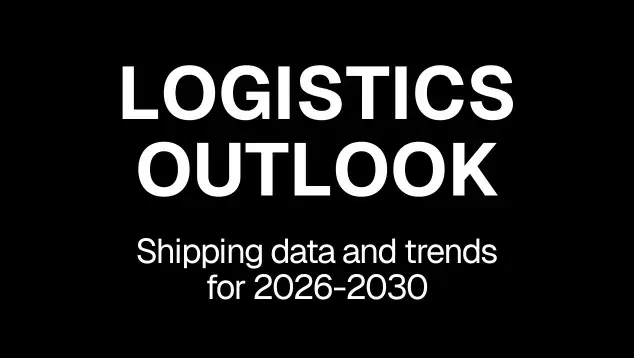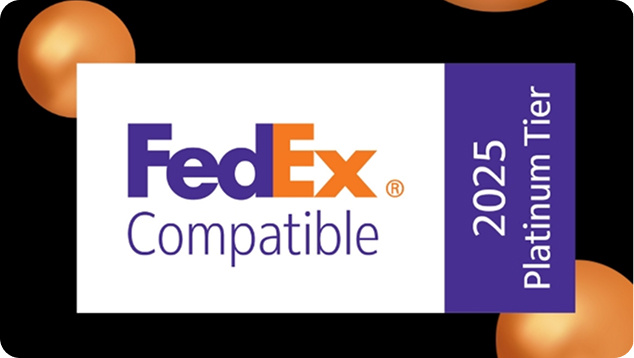Everything you need to know about Return Merchandise Authorization
When an online purchase is made, it is not uncommon that the customer is not completely satisfied when he receives his order. More than half of shoppers always check the e-commerce return policy before finalizing their purchase for this reason.
To manage these flows of goods from the consumer, the process of reverse logistics can be complex. In order to satisfy customers’ expectations, it is wise to invest in an order processing platform.
Return Merchandise Authorization (also known as RMA) provides an optimal solution to manage this process more easily. This includes several aspects of the after-sales service, such as warranty management, return analysis and end-of-life equipment warranty.
What is a Return Merchandise Authorization (RMA)?
The Return Merchandise Authorization is a formal return management process. This system may concern a request for refund, exchange, replacement or repair. It allows to keep track of each return, to re-register the returned product in the inventory and to have visibility on the financial impact of refunds in relation to total sales.
This is often a form filled out by the customer stating the reason for dissatisfaction. This is then forwarded to the after-sales service who analyzes whether the request meets the criteria of the return policy of the e-commerce site. Thanks to an automated system, the customer receives a confirmation by email accompanied by a return label to stick on the parcel, if it was not attached to the order sent.
Depending on the business model of the e-commerce company, the refund can be made immediately or upon receipt of the product. The return policy must be clear and concise to establish a relationship of trust with the consumer. Ideally, a page of the website should be specifically dedicated to product returns.
Why is it important to have an RMA system?
In logistics, we distinguish various types of returns. Return Merchandise Authorization eliminates some errors due to manual intervention or communication failures.
5 advantages of choosing the RMA system
- Data collection: online forms that customers fill in to return a product and be reimbursed allow different data to be saved. In particular, they list the customer’s opinion of his purchasing experience, delivery or customer service. These are then very valuable for the e-commerce site.
- Automated process: 60% of online shoppers want to return an item without the need for assistance. Thus the return policy must be transparent and respect the law to avoid cart abandonment. It consists of various essential criteria such as the return period, the type of refund, the possibility of a prepaid return label or the condition of the article. The dedicated page should also be easy to find on the website. There are strategic locations such as the home page, the footer, the product pages, the shopping cart or the customer service section. This return policy can be adapted to the case of serial returns. By offering a simple solution, the consumer will tend to spend more.
- Saving time: by automating the return process, times are reduced. The return label is automatically generated to speed up the return process. The collected data is transmitted directly to distribution centers or partners via online channels. Returns are also integrated into inventory management.
- Customer loyalty: 65% of online shoppers check the return and refund policy before finalizing a purchase. This is why the product returns must be simple to perform. This strategy can influence customer satisfaction. By proposing more or less long delays (30 days minimum), the e-commerce site increases its competitiveness. Furthermore, this strategy has shown that the longer the return time of an item, the lower the return rate.
- Maximize customer satisfaction: an automated system offers the tranquility and tracking of product returns. By systematically recording the reasons for dissatisfaction, the online form reduces the return rate. In addition, the data collected will help e-commerce to be more productive afterwards. The form method is well received by consumers, even if it has a low participation rate.
How does an RMA transform a return into new purchases?
In terms of return, the most important thing is to understand them. Thanks to management software, the e-shop can simplify, automate and integrate its return process. This system generates an increase in customer satisfaction rate while reducing return times and costs.
ShippyPro offers an outstanding experience to your customers by enabling an automated and high quality returns procedure. By installing your return policy on the platform, it will be easily managed from your personalized portal and synchronized with your website.
You will have the opportunity to optimize return management automatically. The return form can then be directly integrated into your e-commerce site. The customer will only have to complete it online and the after-sales service will accept or refuse the request.
By offering a simple return solution to your customers, you build a relationship of trust and loyalty: an important point for potential customers who want to return to your online store. To improve your customer retention rate, it is also possible to offer vouchers or store credit as refund methods.
The automation of the return process is a significant time-saver. This will help you focus on other tasks and increase your productivity. In addition to being a simple, safe and economical system, the data collected will be used to reduce your return rate.
ShippyPro is the complete shipping software for online and offline retail. With Label Creator, Track & Trace, Easy Return and Analytics features, our software simplifies your shipping operations. ShippyPro integrates with over 180 carriers and 80 sales channels, making it compatible with a wide range of products and use cases.













